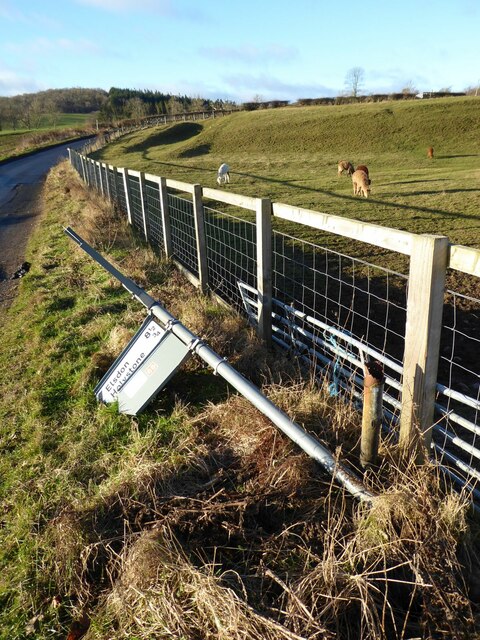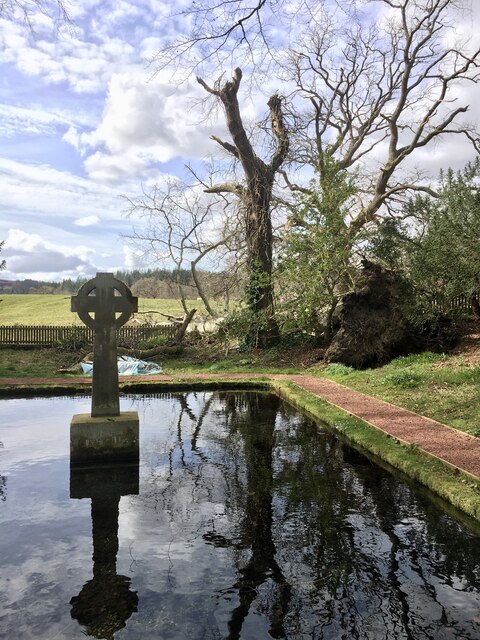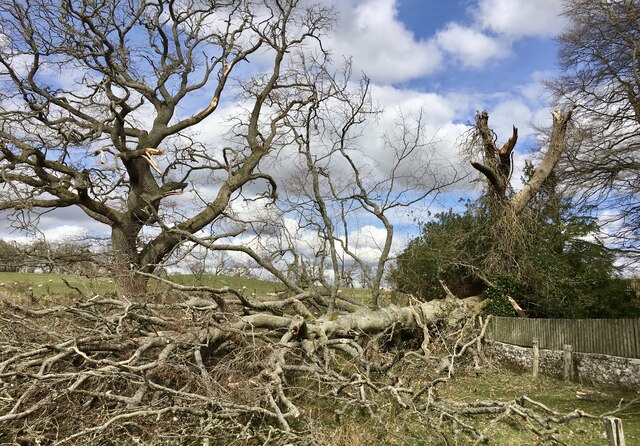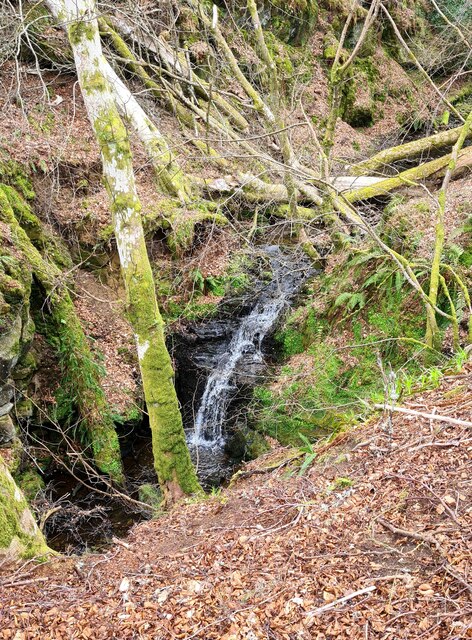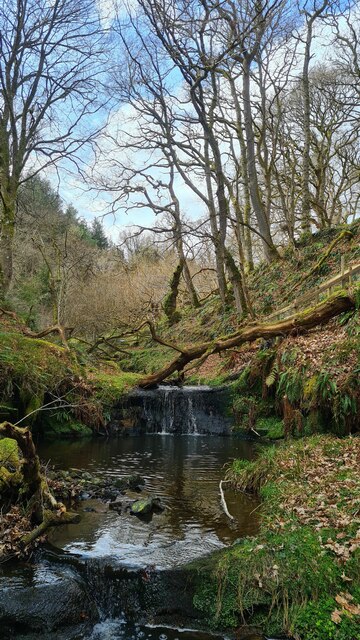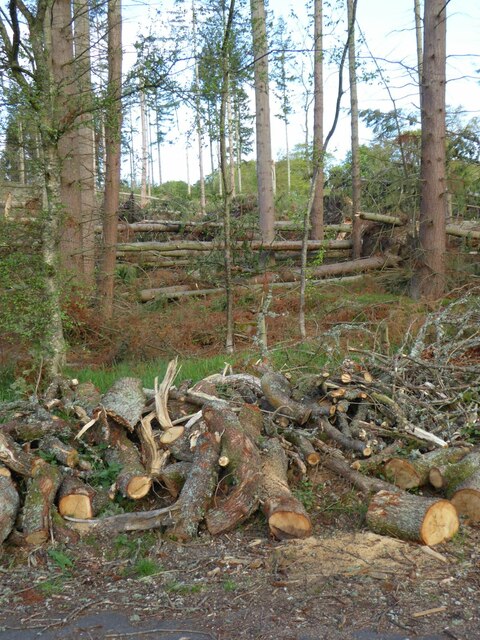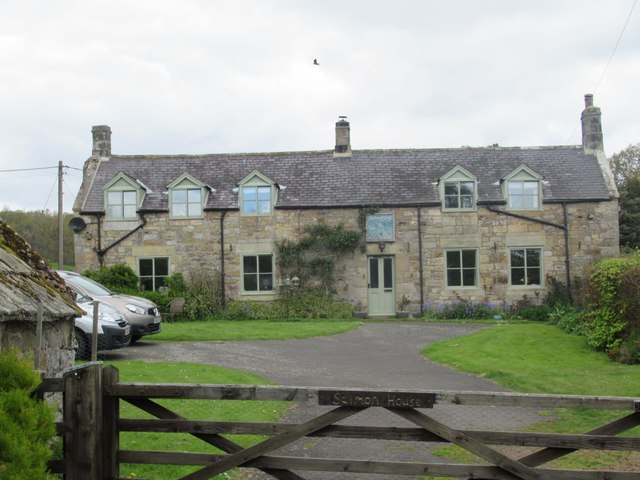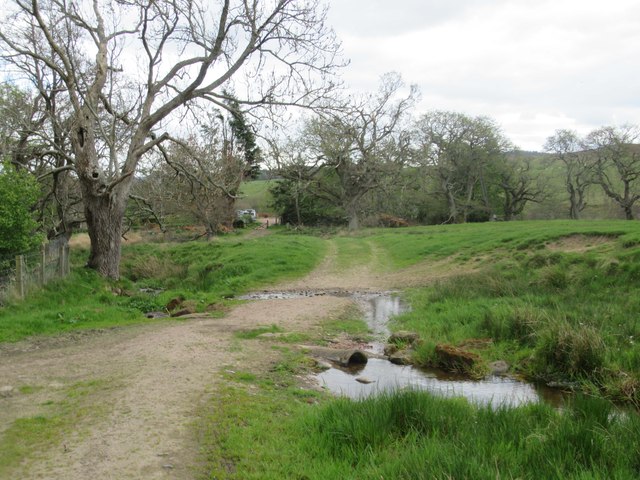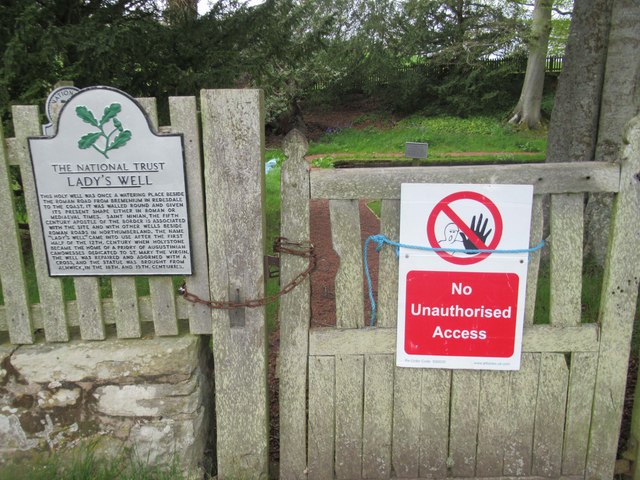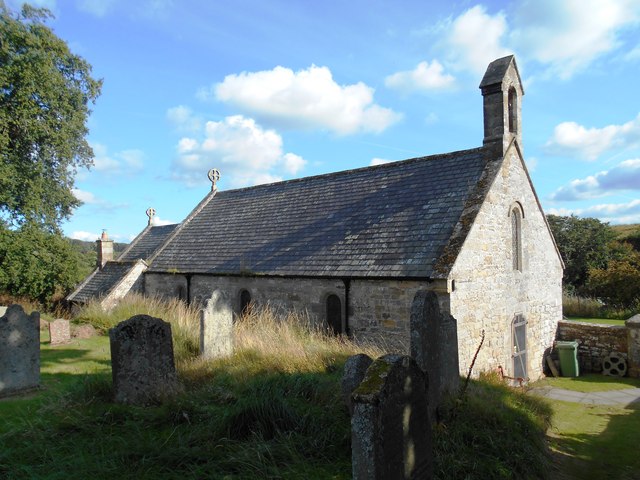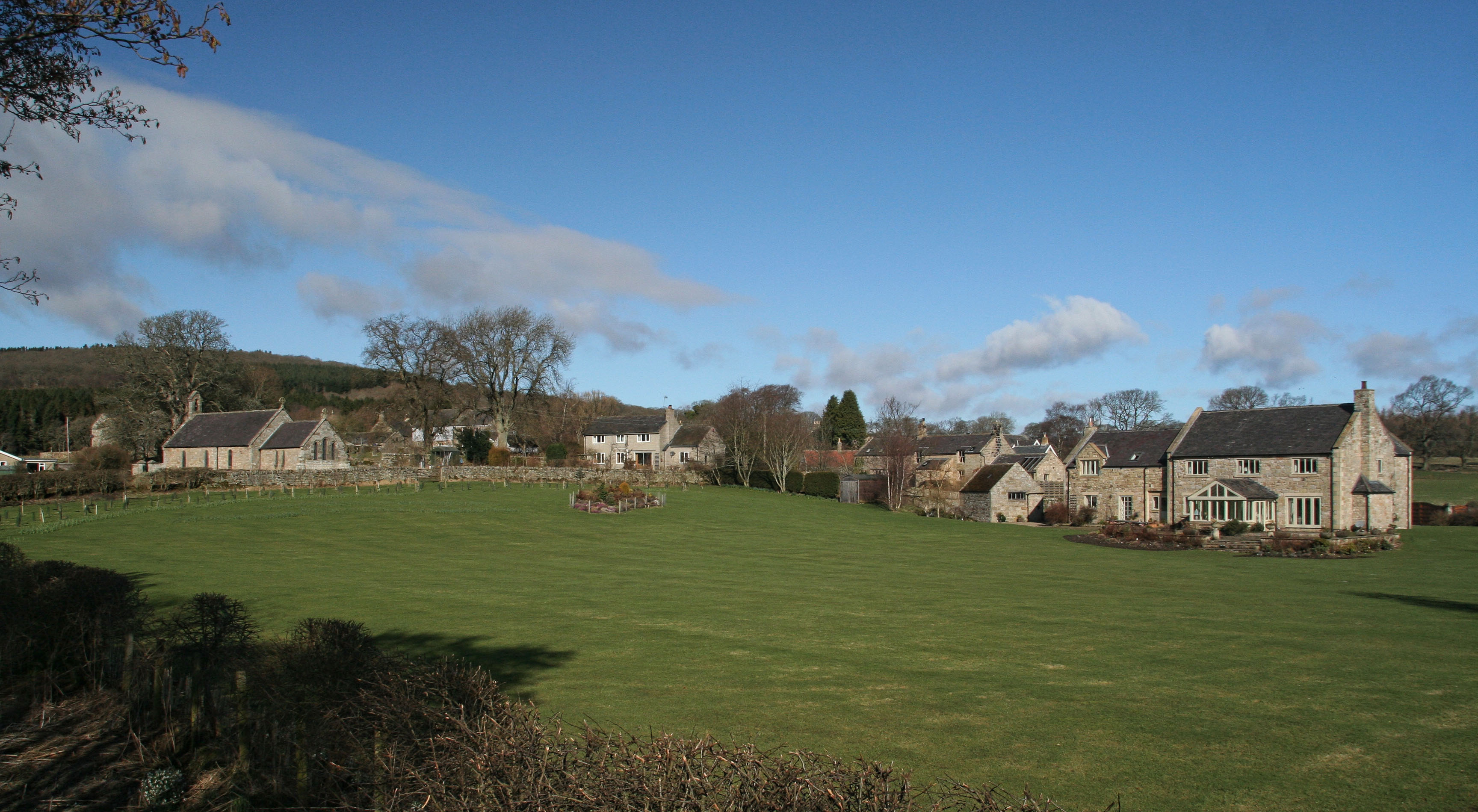Holystone Wood
Wood, Forest in Northumberland
England
Holystone Wood
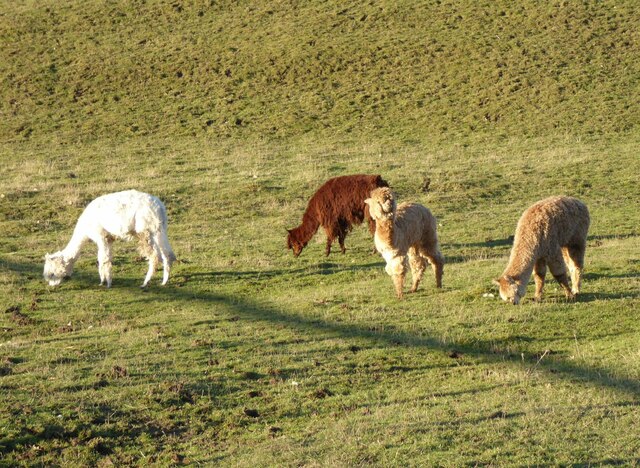
Holystone Wood is a picturesque woodland located in Northumberland, England. Covering an area of approximately 100 hectares, it is nestled within the Northumberland National Park, offering visitors a tranquil and natural escape from the bustle of everyday life.
The wood is predominantly made up of native broadleaf trees, such as oak, birch, and rowan, which create a rich and diverse habitat for a variety of wildlife. The forest floor is carpeted with an array of wildflowers, including bluebells and primroses, adding to the enchanting atmosphere of the wood.
There are several well-marked trails that wind their way through the wood, allowing visitors to explore its beauty at their own pace. These trails offer stunning views of the surrounding countryside, with glimpses of the Cheviot Hills in the distance.
Holystone Wood is also home to a number of ancient sites, including the remains of an iron age hillfort and a medieval pele tower. These historical landmarks add an extra layer of intrigue to the wood, providing an insight into the area's rich past.
The wood is a haven for birdwatchers, with a wide range of species calling it home. Visitors may spot woodpeckers, owls, and various songbirds as they navigate the woodland trails.
Overall, Holystone Wood is a captivating destination for nature lovers and history enthusiasts alike. Its idyllic setting, diverse flora and fauna, and historical significance make it a must-visit location in Northumberland.
If you have any feedback on the listing, please let us know in the comments section below.
Holystone Wood Images
Images are sourced within 2km of 55.318411/-2.0800657 or Grid Reference NT9502. Thanks to Geograph Open Source API. All images are credited.
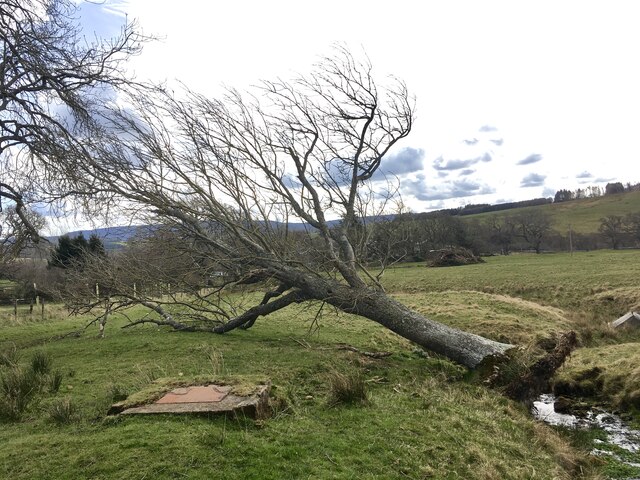
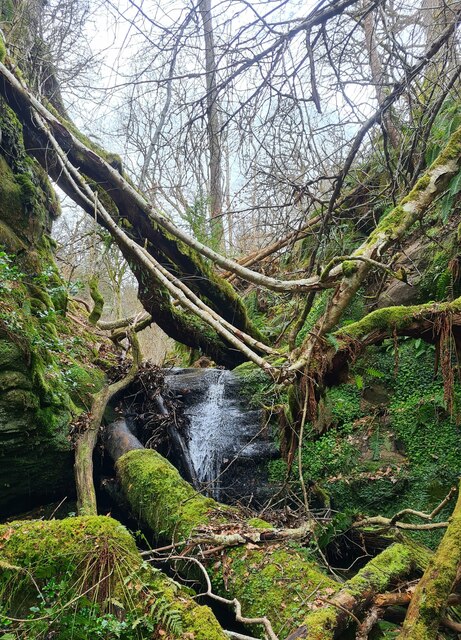

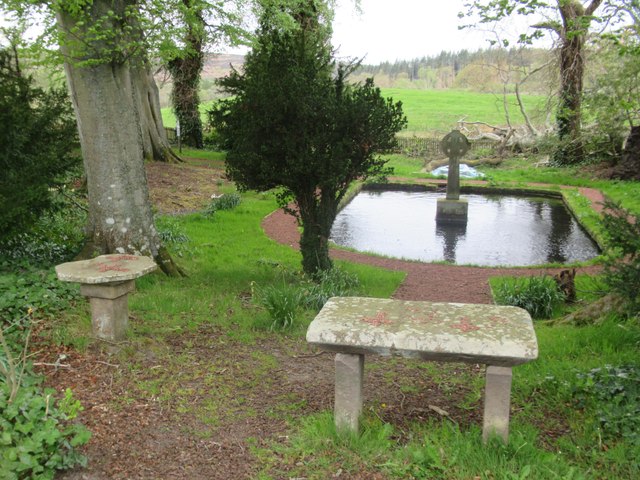
Holystone Wood is located at Grid Ref: NT9502 (Lat: 55.318411, Lng: -2.0800657)
Unitary Authority: Northumberland
Police Authority: Northumbria
What 3 Words
///throwaway.madder.grad. Near Rothbury, Northumberland
Nearby Locations
Related Wikis
Holystone, Northumberland
Holystone is a small village and former civil parish, now in the parish of Harbottle, in Northumberland, England. It lies on the edge of (and just within...
Sharperton
Sharperton is a small settlement and former civil parish, now in the parish of Harbottle, in Northumberland, England. Sharperton is the site of a deserted...
Harbottle
Harbottle is a village and civil parish in Northumberland, England about 10 miles (16 km) south-east of the Scottish border, in the southeastern part of...
Harbottle Castle
Harbottle Castle is a ruined medieval castle situated at the west end of the village of Harbottle, Northumberland, England, 9 miles (14 km) west-north...
Hepple
Hepple is a small village and parish in rural Northumberland, 4 miles (6.4 km) west of Rothbury, which provides most of its local services. It is on the...
River Alwin
The River Alwin is a short, steep upland river that drains the Kidland Forest on the southern flanks of the Cheviot Hills, in the Northumberland National...
Alwinton
Alwinton (previously named "Allenton" and sometimes still referred to as this) is a village and former parish in Northumberland, England. Alwinton is named...
High Cove
High Cove is a major slip feature to the west of Grasslees Burn in the Simonside Hills, Northumberland, England. It contains several small rifts and caves...
Nearby Amenities
Located within 500m of 55.318411,-2.0800657Have you been to Holystone Wood?
Leave your review of Holystone Wood below (or comments, questions and feedback).

